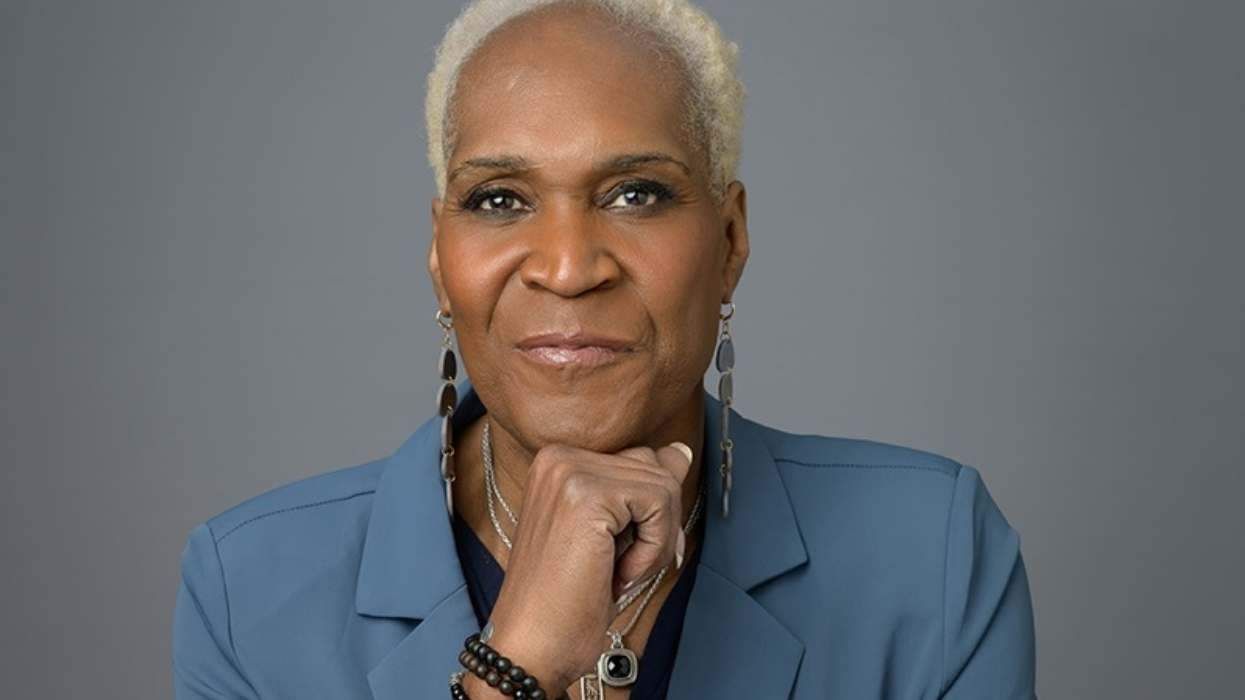Target State: Ohio
Electoral College Votes: 20?
Voted for Bush: 2000 and 2004 ?
Governor: Ted Strickland (D)?
State Senate: 12 Dem, 21 GOP?
State House: 46 Dem, 53 GOP
When President
George W. Bush edged out John Kerry in Ohio by just two
percentage points in 2004, some analysts argued he was
helped by receiving 16% of the African-American
vote -- up from 9% in 2000 -- and that the black
voters had shown up to vote in favor of the
state's constitutional marriage amendment.
Whether that
theory is true or not, it won't help Sen. John McCain
much this year, since an ABC News/Washington Post poll
earlier this month showed the state's black
voters supporting Sen. Barack Obama over McCain 98% to
1%. Accordingly, the Obama campaign is trying to maximize
turnout among the state's African-American
electorate, and campaign officials reportedly
believe they must achieve a 75% turnout rate in that
demographic.
But as always,
Ohio will be a game of margins and some of those margins
are still in question. For instance, Ohio's secretary of
state says that about 200,000 of the state's
roughly 666,000 new voters registered since the start
of 2008 still have to be verified. To put that in
perspective, John Kerry lost the state in 2004 by
about 119,000 votes.
A recent poll by
Fox News/Rasmussen Reports survey taken Sunday night
puts Barack Obama about four percentage
points (49%-45%) ahead of John McCain -- the
widest lead in several weeks of seesawing polls that
gave McCain a two-point advantage last week and had Obama up
by two the previous week.
"Both
candidates have put a lot of effort, a lot of time, and a
lot of money into Ohio, and what I see right now is
Barack Obama with a small but measurable lead in
Ohio," says Herb Asher, professor of political
science at Ohio State University.
Obama is helped
by a number of factors in Ohio this year, not the least
of which are the economy and a superior ground game to that
of the Democrats in 2004.
"John
Kerry's campaign basically focused on the six major
urban counties," Asher says. "The Obama
campaign is organized throughout the state, including
in regions where he's not going to carry those
counties. If you can reduce your deficit in certain
areas, that's just as good as getting the vote
of another area."
Asher names
Delaware County, just north of Columbus, for instance, as
one of the fastest-growing areas of the state and
highly Republican. "I'm very confident
John McCain will carry it," Asher says, "but
the interesting thing will be, how does he do in
comparison to George Bush, four years ago? And my
guess is that he won't do as well."
Obama's
gay deputy campaign manager, Steve Hildebrand, told The
Columbus Dispatch in September that the
campaign had opened 77 field offices and has more than 300
paid staffers working across the state. Numbers like
that are what contribute to the results from a recent
ABC News poll of eight swing states including Ohio
showing that 42% of voters in those states have been
contacted by the Obama campaign versus 29% who have
heard from the McCain campaign.
Asher also
believes Obama has benefited from the grueling primary
battle he fought against Sen. Hillary Clinton.
"Hillary
Clinton became a better candidate over the course of the
campaign and actually became the most effective candidate in
terms of being a fighter for the middle class and the
working class," he says. "I think it
provided some lessons for the Obama campaign -- sometimes
you have to speak the language of the voters."
Aside from the
presidential race, Asher says Ohio could offer up some
other bonuses to Democrats next week, including a pickup of
one to four U.S. congressional seats and the chance to
pick up four seats in the state house legislature and
flip control of the chamber to Democrats.
"The major
battle besides the presidential race is, in fact, control of
the Ohio [state] house of representatives," Asher
says.
Up next: A look at how antigay campaign
literature is figuring into the fierce battle for control of
the state house of representatives.




































































Charlie Kirk DID say stoning gay people was the 'perfect law' — and these other heinous quotes